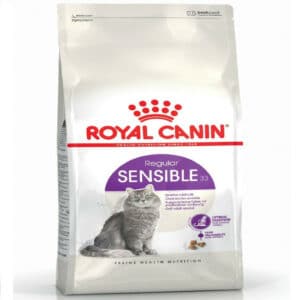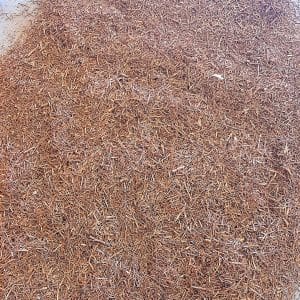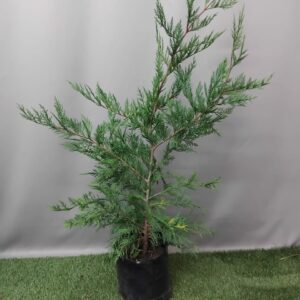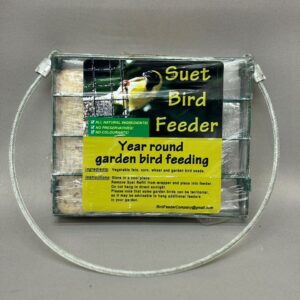Grow your own veggies from seeds
Kitchen gardening
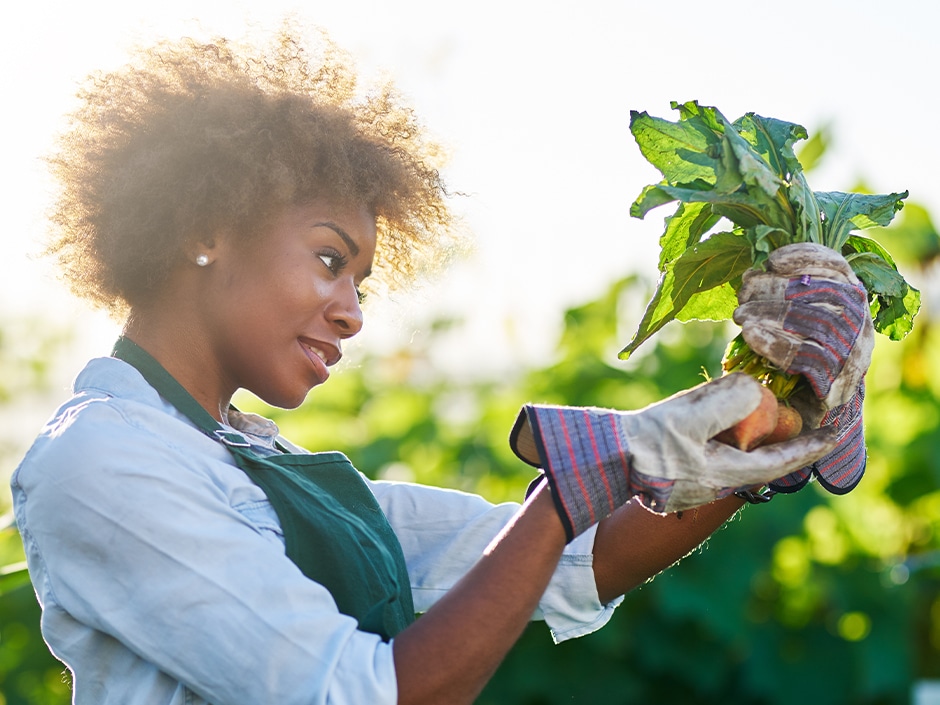
If you’ve never grown your own veggies before, now’s the time to start. It’s cost-effective and incredibly rewarding to see the fruits of your labour, and there are few things as satisfying as knowing exactly where your food comes from.
We recommend starting from scratch with seeds; it’s much cheaper than buying seedlings and allows for more variety. Here’s how to get going:
Step 1: Choose your veggies
As a beginner, it’s always best to start with veggies that grow easily from seed:
- Easy-to-grow veg includes loose-leaf lettuce, bush beans, radishes, spring onions, cherry tomatoes, nasturtiums, peas, rocket, beetroot and Asian greens like mizuna and bok choy.
- Choose your veggies based on the temperature and water availability of your space. For example, lettuce needs plenty of water to grow; beans require temperatures below 30°C.
Step 2: Prepare your soil
Preparing your soil properly is an essential ingredient for your bumper crop:
- Remove stones, weeds and soil clods.
- Dig, lift and turn the soil with a shovel.
- Mix in plenty of compost and seedling food to make sure your soil is rich and fertile.
- Water the cultivated soil and allow it to sit for a couple of days, allowing the compost to break down before planting.
Step 3: Sow the seeds
How you sow your seeds depends largely on the vegetable type and the size of its seed:
- Small seeds like lettuce and carrots often clump together, making them difficult to sow evenly. Solve this problem by making home-made seed tape, temporarily attaching the seeds to a surface that holds them in place while you plant (toilet paper and a non-toxic adhesive needed.) Level out the soil with a flat piece of wood, mist the soil with water and sprinkle the seeds on top. Cover with a thin layer of compost and seedling mix and mist with water again.
- Medium seeds like Swiss chard grow nicely in furrows. Dig your furrows, making each twice as deep as the diameter of the seed. Then carefully spread the seeds in the furrows, covering them with soil and watering them well.
- Large seeds like beans and squash are quick and easy to sow. Poke holes in the soil, twice as deep as the diameter of the seed and drop the seeds in. Cover with soil, pat firm and water well.
Step 4: Nurture and watch them grow
The fun part! But don’t forget these tips:
- Keep seeds moist until they germinate. After germination, reduce watering to encourage deep root development.
- Protect young seedlings from birds by erecting protective netting, and ward off snails by surrounding seedlings with crushed eggshells or seashells.
- If you sow your seeds too thickly, wait until the seedlings are about 7cm high before you thin them out.
For more tips on how to grow your own vegetables, read these blogs:
You might also like
Shop online
-
- Sale!
HEALTH SENSIBLE 33 2KG, 4KG AND 15KG
- R414.99 – R2,204.99
- Select options This product has multiple variants. The options may be chosen on the product page Learn More

